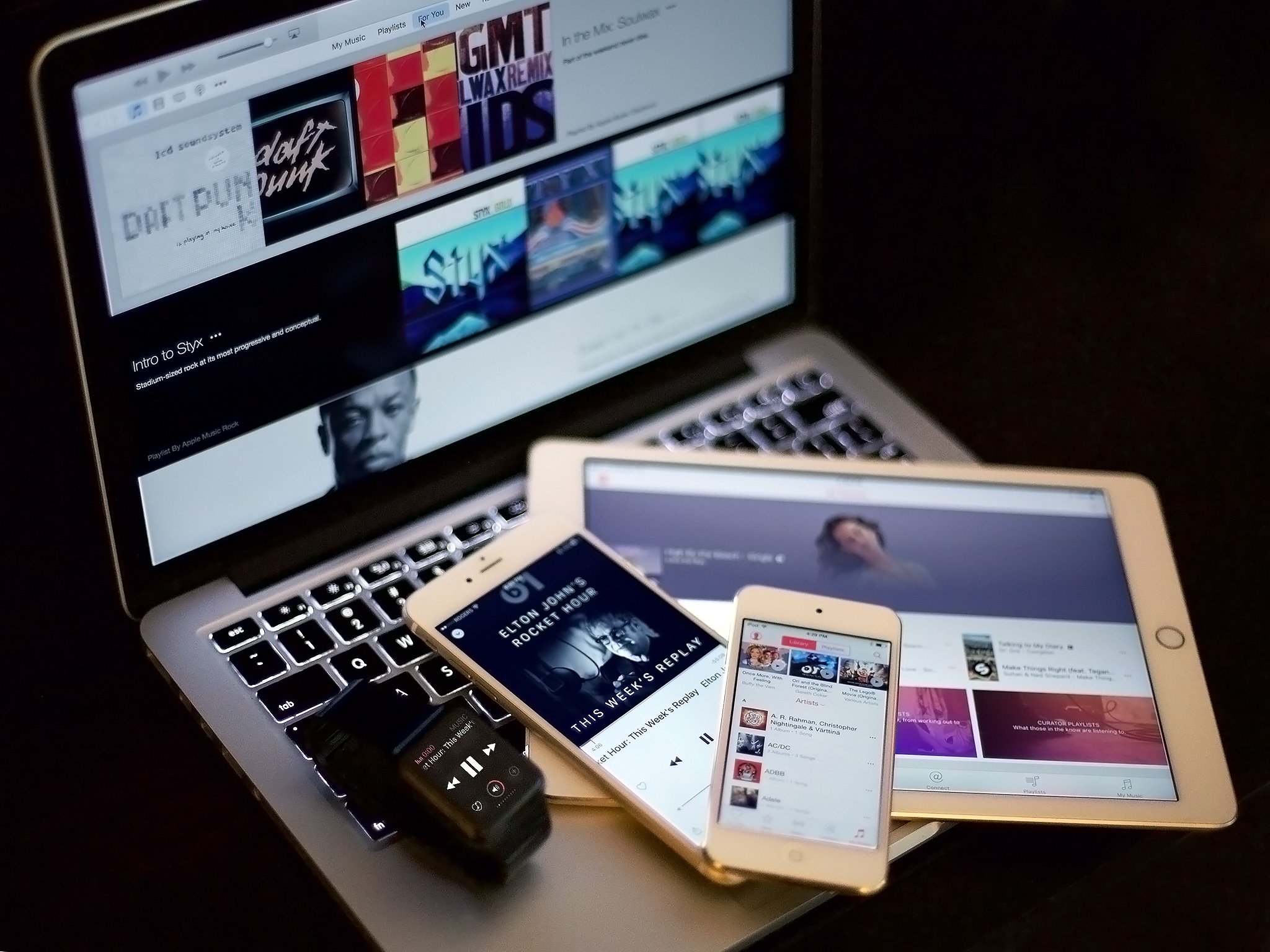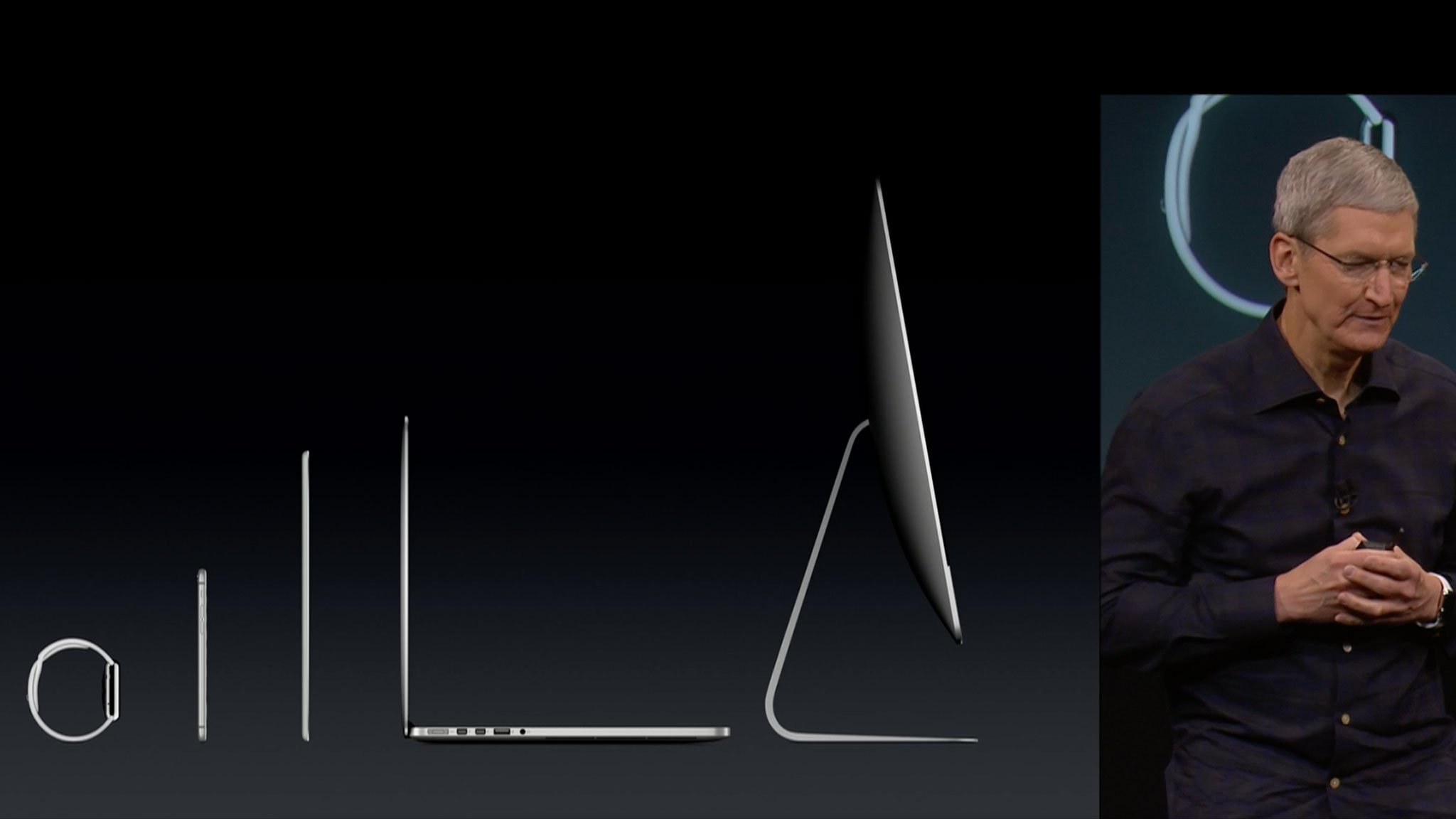Talkin' 'bout an evolution...

During the 90s, Apple's product lineup was a mess. There were bushels of devices, brands, and confusing sub-brands that made no sense. I say that as an analyst who was paid to try and figure them out. Back then, even Apple's marketing team had trouble explaining it all. And as for customers? Well, they bought a lot of Windows machines...
In 1997, Steve Jobs returned and killed devices like the Newton — sadly, in my humble opinion, but that's another story — then totally revamped Apple's product line into four neat little boxes: Desktop and Mobile, Business and Consumer. That was it.
Today's product line no longer fits into those boxes. It doesn't even try. But should it?
Akihabara syndrome
Akihabara is a famous area in Japan filled with stores that sell every possible device you can imagine in varieties and combinations beyond what anyone could imagine. It's the real-world analog of Amazon's gadget section. You can find pretty much anything you want, but you need to know exactly what you want in order to cut through the clutter, the noise, and all the things that overlap one another ad-infinitum.
It's tempting to liken this to Apple's current product lineup.
When iPad Pro came to market, for example, it raised questions about where it fit and what kind of pressure it might put on the just-introduced new MacBook. Likewise, that new MacBook joined a lineup that already included not one but two models of MacBook Air. So did the new iMac in a world where MacBooks are the most popular products in the Mac lineup.
Lining up the lineup
The reality is the product line makes quite a bit of sense if you look at it from the right perspective. A grid of products is not how Apple thinks about things these days. Instead, the company takes a linear view. You might have seen Apple's graphical representation of this "evolution" during the October 2014 special event. It's so powerful it's hard to miss. It was even on a shirt briefly sold at Apple's newly redesigned Apple Store at Infinite Loop.
Master your iPhone in minutes
iMore offers spot-on advice and guidance from our team of experts, with decades of Apple device experience to lean on. Learn more with iMore!

In short, Apple believes every product should put pressure on the next product in the line. In other words, Apple Watch should put pressure on iPhone, iPhone on iPad, iPad on MacBook, MacBook on iMac, and so on. Also, every SKU in a product line should also put pressure on the next SKU in that line.
In addition, every SKU in a line should also put pressure on the next product within a line. The "evolution" graphic demonstrates this so well.
For example, if MacBook starts to put pressure on the desktop iMac existence, iMac must evolve to something that keeps it at the top of the food chain. Enter the 5k Retina iMac. Likewise, within a line, new products such as MacBook put pressure on the Air to evolve or be replaced. iPad should pressure the entire MacBook line, and therefore the MacBook line must evolve.
Here's an interesting thought: iPad Pro was just introduced. So, what does MacBook have to do next to evolve and stay ahead?
Singular P/L
Apple has a single P/L — or profit and loss statement. At Apple, the iPhone team, iPad team, Mac team, and so on don't report on that stuff separately. That means the Mac team cares a lot about the iPhone, and the iPhone team cares a lot about MacBooks. Likewise, the iPad Air group cares about the iPad Pro. The goal of the company is to improve every product, not by hurting each other but by collaborating with and accelerating each other.
The result? Customers have more choice when it comes to hardware and — something else they never had in the 90s — in platform. OS X now exists alongside iOS, but both are part of a single, harmonious ecosystem.
Watches are not phones, phones are not tablets, tablets are not laptops, laptops are not desktops. Apple's line creates the freedom for customers to treat each device in a different way. The key to future success is for Apple to keep the cadence of product flow even so the line of products doesn't become skewed to the point where it becomes too confusing.
As long as there's evolutionary product growth with revolutionary features — products that innovate and push the edge of what's possible — Apple will offer customers both diversity and a clear path to purchase.
I’ve covered the personal technology beat for more than two decades at places like Gartner, Jupiter Research and Altimeter Group. I’ve also had the fun of contributing my $.02 on the topic at Computerworld, Engadget, Macworld, SlashGear and now iMore. Most recently I spent a few years at Apple as Sr. Director of Worldwide Product Marketing. On Twitter I’m an unverified @gartenberg. I still own some Apple stock.

